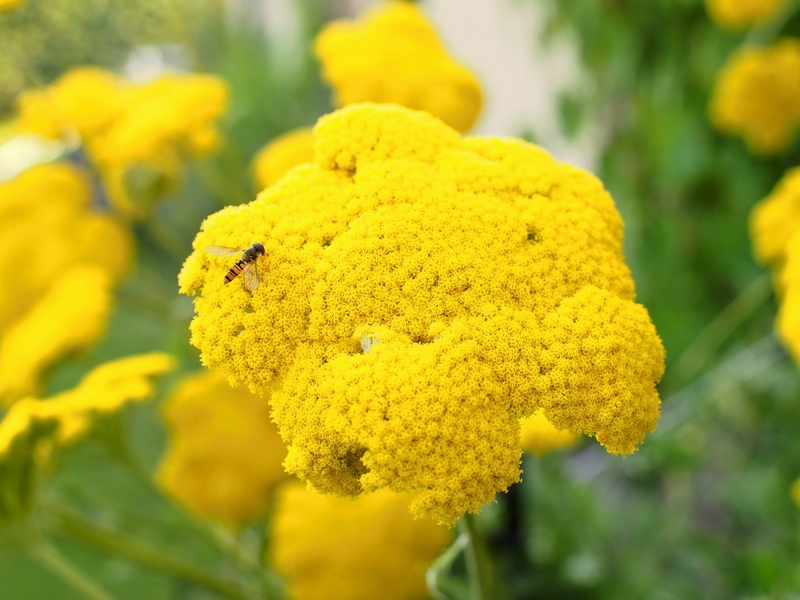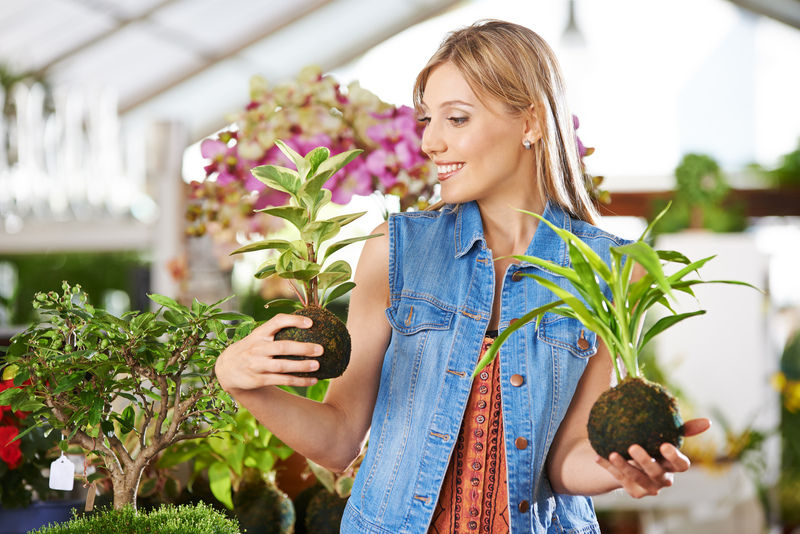Planting Techniques & Tips
Posted on 18/09/2024

Planting is a fundamental skill for any gardener and seed propagator. Knowing the right techniques and tips can jumpstart your garden and drastically improve the yield of your plants. Whether you're a seasoned gardener or just starting out, there are some key steps to consider when planting any type of seeds or plants. Here are some essential planting techniques and tips that will help you get the best results possible.
Choose Your Location Carefully
Choosing the right location for your plants is essential for successful growth. Keep in mind sunlight and shade requirements, soil types, and space limitations when selecting your site. Make sure the area is free from weeds, insects, disease-causing organisms, or other hazards. Consider surrounding locations for potential drainage issues, water sources, and soil fertility.
Prepare the Soil
Before planting anything in the ground it's important to prepare the soil properly. Loosen soil using a tiller to make sure air can reach plant roots easily. Remove debris from the area such as rocks and sticks that could hinder root growth or damage plants. Apply a layer of compost or other organic material to give your plants an extra boost of nutrients. Adjust pH levels if needed by adding sulfur or limestone to create ideal conditions for the specific types of plants you are growing in that area.
Buy Quality Seeds
Investing in high quality seeds is one of the most important parts of planting success. Quality seeds are more likely to germinate quickly and grow strong healthy plants that produce abundant fruit or flowers. Avoid buying cheap inferior seeds as they won't produce as good of results as genetically engineered hybrid varieties specifically designed to thrive in your climate zone. When selecting seeds take into consideration space requirements, sunlight needs, water demands, and climate restrictions to ensure success with your purchase.
Water Plants Regularly
Watering your plants on a regular basis is essential for their survival and overall health. Pay attention to how often different types of plants need water by reading specific care instructions included with each seed packet or plant label. In general, most garden vegetables require 1-2 inches of water per week during active growth months while annual flowers need 1-2 inches every 5-10 days depending on temperature and humidity levels in your region. Add mulch around planted areas to reduce evaporation rates and retain moisture longer in sunny conditions.
Fertilize Appropriately
Fertilizing can be beneficial especially when planted beds have been overused in previous seasons or soil fertility levels have dropped due to years of harvest cycles without replenishment. Applying fertilizer at proper intervals helps replenish lost nutrients so that optimal growth can occur throughout each season. Many organic fertilizers provide slow release benefits which promote continual growth over long periods of time whereas quick release formulas may need re-application more frequently depending on garden conditions at hand such as soil composition, plant age, weather patterns, etc... Be mindful not to over-fertilize as this can burn delicate new leaves resulting in weak foliage or even plant death if done too frequently or with too much strength per application rate.
Harvest Properly & Timely
Harvesting at peak ripeness is key to getting maximum nutrition from fruits and vegetables grown from seed.



